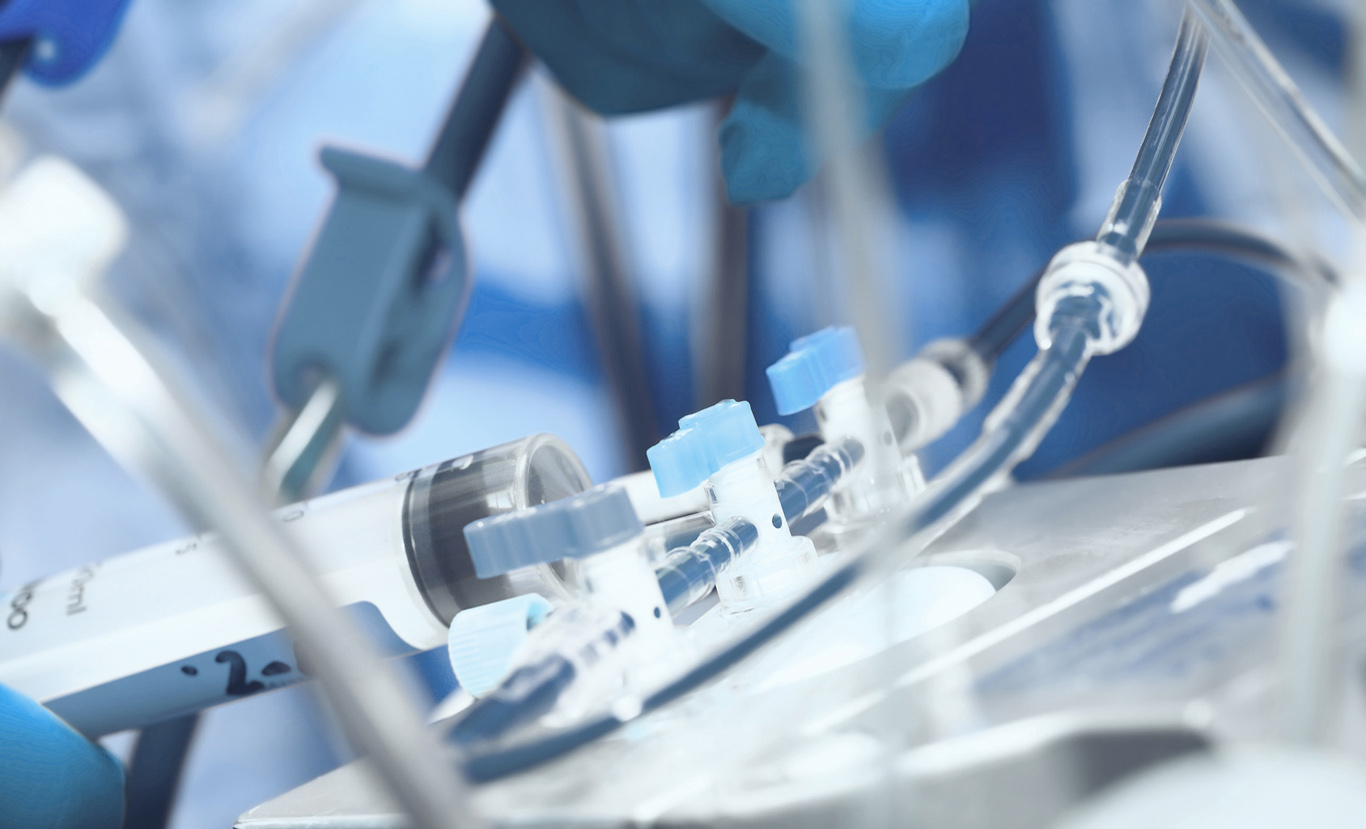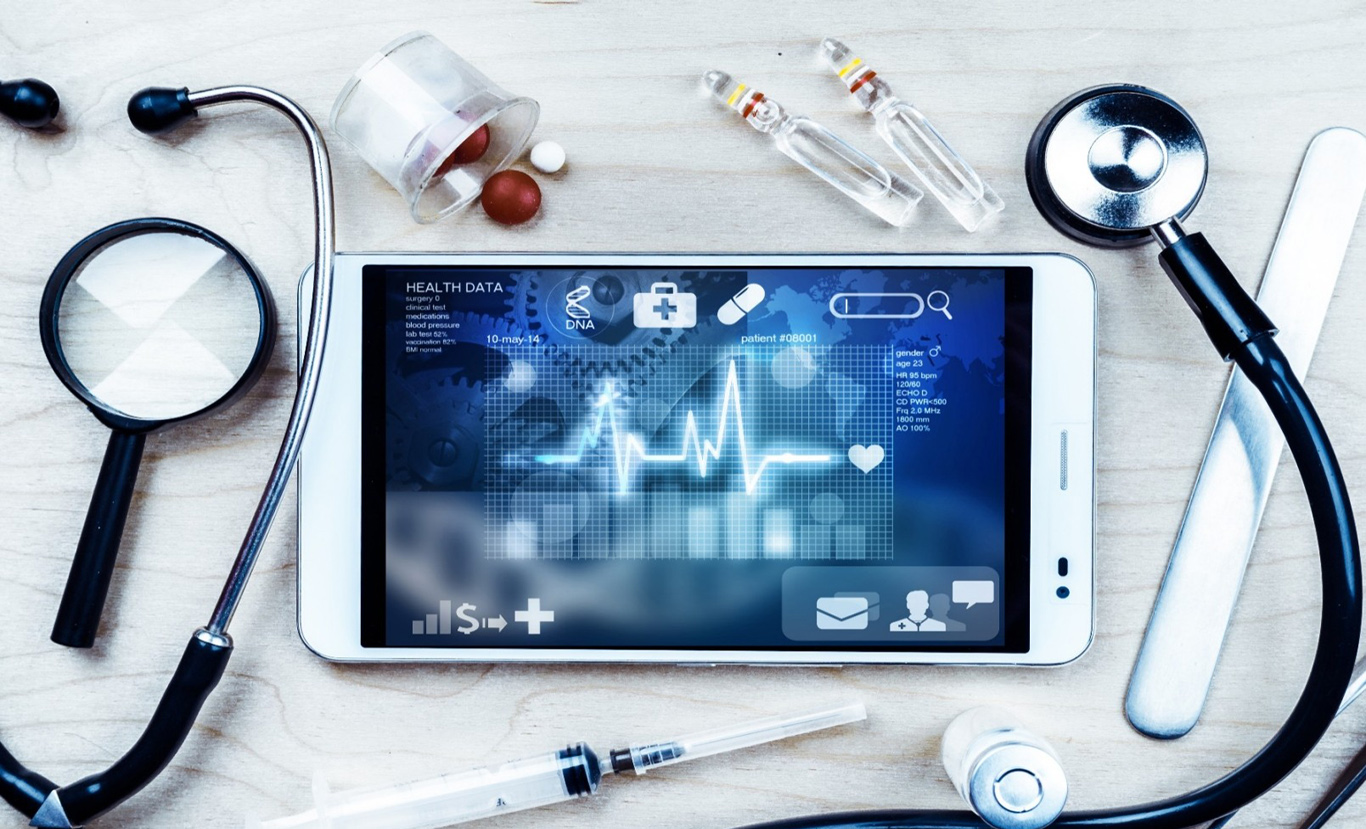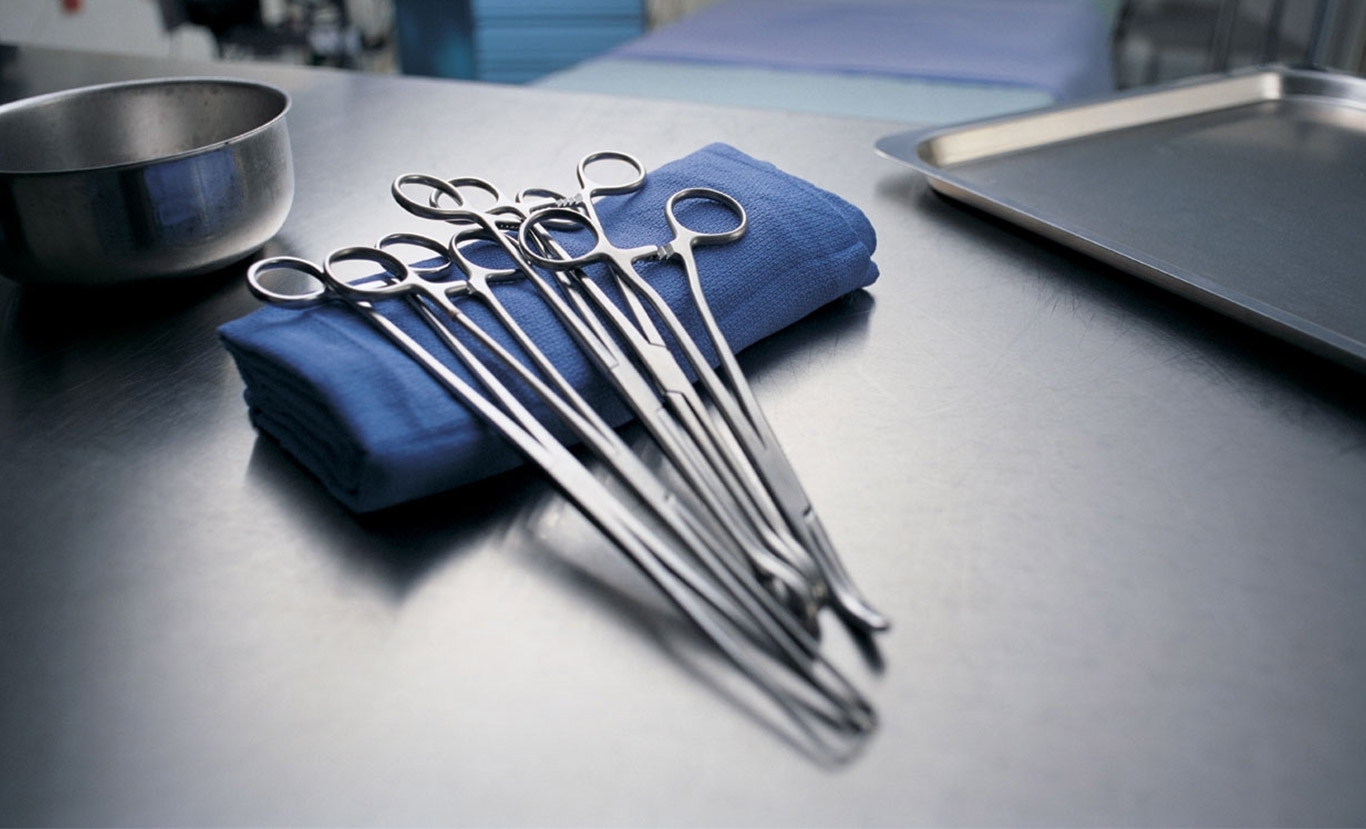

Service Schemes for Medical Device Export to
the European Market

If you are a medical device manufacturer, and you want to enter the European market, we provide you with the following service schemes:
1. Assistance in defining the product classification
2. Preparation of CE technical documentation
3. Serving as a European Authorized Representative
4. EU registration
5. ISO13485 medical device quality management system
1. Assistance in defining the product classification
1) Class I medical devices: usually refer to medical devices that do not contact the human body or only contactthe intact skin.
2) I-m (measurement) medical devices: Class I medical devices with the measurement function.
3) I-s (sterilization) medical devices: Class I medical devices that eventually appear on the market sterilized.
4) Class IIa medical devices: the risk level of which is higher than that of Class I medical devices, generallreferring to the invasive devices used temporarily and active medical devices with energy exchange ormeasurement.
5) Class IIb medical devices: the risk level of which is relatively high, generally referring to the devices withpotential risks to human body or for long-term use.
6) Class III medical devices: the risk level of which is the highest, generally used in the human central circulatorysystem or the brain.
Supplement: MDD is only applicable to products with medical use. MDR includes some non-medical devices into the applicable scope, such as colored contact lenses and beauty products.
In MDD, reusable devices are classified into a class without the intervention of the notified body, while MDR requires the notified body to evaluate the conformity of the reusable surgical instruments.
2. Preparation of CE technical documentation
Whether it is a Class I self-declared device or a high-risk device requiring the NB to participate in the certification, CE technical documentation shall be prepared in accordance with the requirements of the EU regulations before the CE marking is affixed.
Under the MDD Directive, a technical document can be prepared for multiple products, while under the MDR regulations, a product must correspond to an independent CE technical document.
Timing for the preparation of CE technical documentation
For medical device manufacturers, CE technical documentation shall be prepared in advance once there are products to be exported to Europe. At the same time, the technical documentation shall be kept by the European Authorized Representative for the spot-check by the EU officials.
Process and cycle of the preparation of CE technical documentation
1) Collect the information needed to prepare the technical documentation: enterprise information, instructions for use, product testing reports, pictures of product packaging labels, product post-market information, etc.;
2) Prepare the technical documentation;
3) Perform internal audit for the prepared documentation (Class I devices) or submit it to a third-party certification body for review (high-risk devices);
4) Rectify the nonconforming items pointed out in the review;
5) Continue the review after completing the rectification, and deliver the documentation to the enterprise if there is no problem.
Cycle: 4-8 weeks for Class I devices and 12-24 weeks for high-risk devices (the specific time is determined by the progress of materials provision by the enterprise).

3. Serving as a European Authorized Representative
A European Authorized Representative is a natural or legal person who is explicitly designated by a manufacturer located outside the European Economic Area (EEA, including EU & EFTA). This natural or legal person can represent the non-EEA manufacturer to perform duties required in relevant EU directives and laws.
Timing for handling the European Authorized Representative service
For the products circulating in the EU market, in order to achieve the product traceability and facilitate the regulation and the protection of the EU consumers, the EU specifies in some specific directives that the non-EEA manufacturers must appoint a European Authorized Representative to perform duties required in relevant EU directives and laws.
Therefore, a European Authorized Representative must be appointed for the products marketed in the EU, so the European Authorized Representative service needs to be handled before the products are exported to the EU.
Process and cycle of handling the European Authorized Representative service
1) Basic enterprise information and product information are provided;
2) An agreement on European Authorized Representative is signed by both parties;
3) The client places the European Authorized Representative documents in the CE technical documentation;
4) The commissioned party regularly collects the sales list information of the client according to the duties of a European Authorized Representative.
Cycle: the signing cycle of the European Authorized Representative agreement is usually short. The commissioned party can sign the European Authorized Representative agreement after collecting the client’s CE technical documentation and basic information. The agreement will come into force after being signed and sealed by both parties.
4. EU registration
In accordance with EU regulations, all MDD Class I devices, customized devices and IVDD falling in the OTHER category are subject to EU registration when they are exported to the EU. The EU registration is approved by the medical device competent authority of each member state.
Timing for handling the EU registration
EU laws require each non-EU medical device manufacturer to include the names and addresses of the manufacturer and the manufacturer’s European Authorized Representative when attaching the CE marking and printing the labels and instructions for use. For all in vitro diagnostic medical devices (IVDD) (including reagents) and all Class I medical devices (MDD), the manufacturer and product information must be registered in the EU and entered into the EU database by the European Authorized Representative when the CE marking is affixed. Before export, the registration in the EU must be completed, so as to avoid problems when passing the EU Customs.

Process and cycle of EU registration
1) Fill in the application form, and collect the client’s instructions for use, DOC and other information by the European Authorized Representative;
2) The European Authorized Representative submits the registration materials to the competent authority of the host country;
3) After the approval by the competent authority, the European Authorized Representative delivers the corresponding registration letter to the client.
Cycle: different competent authorities take different time to approve the registration. The normal approval period in the Netherlands is about 45 days. During the epidemic, special measures are taken, and the approval period is about 15 days. BfArM takes about 3 months for the approval (the specific time is subject to the final approval by the competent authority).
5. ISO13485 medical device quality management system
ISO13485 is a quality management system standard applicable to the regulatory environment of medical devices, and its full name is Medical Devices - Quality Management Systems- Requirements for Regulatory Purposes. It adopts the concepts related to PDCA in ISO9001. Compared with ISO9001 which is applicable to all types of organizations, ISO13485 is more specialized, focusing on organizations related to the design, development, production, storage, circulation, installation, service, and final discontinuance and disposal of medical devices. Organizations can now establish their systems or seek certification in accordance with ISO13485:2016.
Timing for handling the ISO13485 certification
For medical device manufacturers, we recommend that they consider introducing the ISO13485 standard once they export medical devices. In addition, almost all foreign customers will put forward ISO13485 certification requirements for medical device manufacturers and exporters in order to meet the requirements of international regulations.
Process and cycle of handling the ISO13485 certification
· Diagnosis of the current management system and issuance of the gap report
· Planning of the introduction of ISO13485
· Hardware modification
· System establishment and personnel training
· Trial operation and simulated audit
· Recommendation of a third-party certification body to conduct the audit
Cycle: usually the counseling cycle is 2 months, and the audit cycle is 1 month;
It takes 3 months from initiation to obtaining a certificate from a third-party organization.

Quotation Scheme for Medical Device
Export to the European Market
Quotation principle for the preparation of CE technical documentation
The quotation for the preparation of technical documentation is mainly based on the product risk classification and the product quantity.
In addition, the quotation for high-risk products is also slightly related to the third-party certification body selected by the enterprise, and the fee of the certification body with stricter requirements for technical documentation review will also be adjusted appropriately.
Quotation principle for the European Authorized Representative service
The quotation for the European Authorized Representative service is mainly determined based on the product risk classification and the product quantity. The higher the risk of products in the same quantity unit, the higher the cost of the European Authorized Representative; and the more the products in the same risk class, the higher the cost of the European Authorized Representative.
Quotation principle for EU registration
The quotation for EU registration is mainly based on the product quantity. Multiplying the product quantity by the quotation for a single product obtains the quotation for multiple products. In principle, the quotation for multiple products can be appropriately discounted.
Quotation principle for ISO13485 certification
ISO13485 counseling needs to be carried out on site, so the fee is charged according to the number of person-days. The factors that determine the number of person-days involved in the counseling include:
1) The scale of enterprise and the categories of medical devices produced;
2) The complexity of the production process of medical devices;
3) The foundation of the enterprise itself, for example, whether it has passed ISO9001, and whether it has a documented management system.
4) The requirements of certification bodies with different popularity are also different. Generally, NBs have strict audit requirements, so the corresponding cost is high.
It shall be noted that the effective maintenance of the ISO13485 certificate requires annual supervision and audit. Therefore, there will be costs for system maintenance counseling, supervision and audit every year. The charging is still based on the number of person-days actually involved.